Have you ever found yourself waiting on an IT support request, wondering when you'll receive assistance? It can be frustrating, especially when technology is pivotal to our daily tasks. Following up on your inquiry not only shows your eagerness for a resolution but also keeps the lines of communication open between you and the support team. Want to learn how to craft the perfect follow-up letter? Read on for our helpful tips!
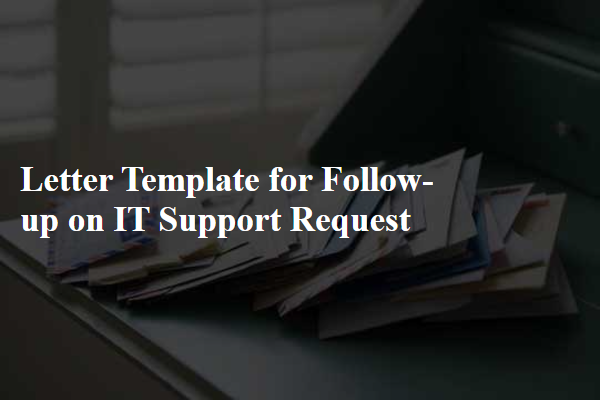
Subject Line Optimization
Optimizing subject lines for follow-up emails on IT support requests enhances visibility and increases the chances of a prompt response. For instance, including the request ticket number, such as "Follow-Up: IT Support Request #4582 Status Update Needed," immediately alerts the recipient to the specific issue. Adding urgency can be effective, for example, "Urgent Follow-Up: IT Support Request #4582 Requires Immediate Attention." Including descriptive keywords, like "Status Update Needed on IT Issue" or "Follow-Up on IT Support Request Regarding Network Connectivity," clarifies the email's purpose. Stating the date of the initial request can further provide context, such as "Follow-Up from [Date]: IT Support Request #4582 Pending Resolution." These strategies collectively improve the chances of a timely response while ensuring clarity.
Tone and Language
The follow-up communication regarding an IT support request necessitates a concise and professional tone. An effective message should include specific details such as the request date, ticket number for reference, and a brief summary of the issue reported. This approach ensures clarity and urgency, enhancing the likelihood of a prompt response. Highlighting any impacts on productivity or critical timelines may add necessary context to underscore the request's importance. Additionally, expressing appreciation for the support team's efforts fosters a positive atmosphere in the communication.
Reference Details
The IT support request system is crucial for maintaining technology operations within organizations. A follow-up on an IT support request, identified by a unique reference number (for example, #12345), involves checking on the status of the ticket submitted regarding a specific issue such as software installation or network connectivity failure. This process ensures timely resolution, with many companies aiming for a standard response time of 24 hours. Utilizing a ticketing system, such as Zendesk or ServiceNow, can streamline communication between the IT support team and end-users. Effective follow-ups address not only the ongoing resolution efforts but also provide insights into the average time taken for similar issues, enhancing overall customer satisfaction within the workplace.
Problem Description Clarity
IT support requests often require clear problem descriptions for effective resolution. Submitting a request with specific details about the issue enhances communication. Identify the device (e.g., Windows 10 laptop, Model XYZ123), software involved (e.g., Microsoft Office 2019), and symptoms (e.g., application freezing, error messages). Include timestamps (e.g., occurrence noted at 2 PM on October 1, 2023) to help track patterns. Adding steps taken prior to the problem (e.g., updating software, restarted device) provides context. Relevant error codes (e.g., error code 0x80070057) assist support in diagnosing issues. Providing this clarity ensures faster and more accurate IT support resolutions.
Call-to-Action
After submitting an IT support request, the importance of a timely follow-up is crucial for effective resolution. Many users experience delays due to unresponsive helpdesk systems or overwhelming ticket volumes. Following up with a concise overview of the submitted request, including the original ticket number and specific issues encountered, can expedite assistance. Providing additional context, such as the impact of the issue on daily operations, helps prioritize the request. Encouraging a direct response or a scheduled follow-up call reinforces the urgency. Making the communication polite and clear establishes a professional tone, fostering a positive relationship with IT support staff.

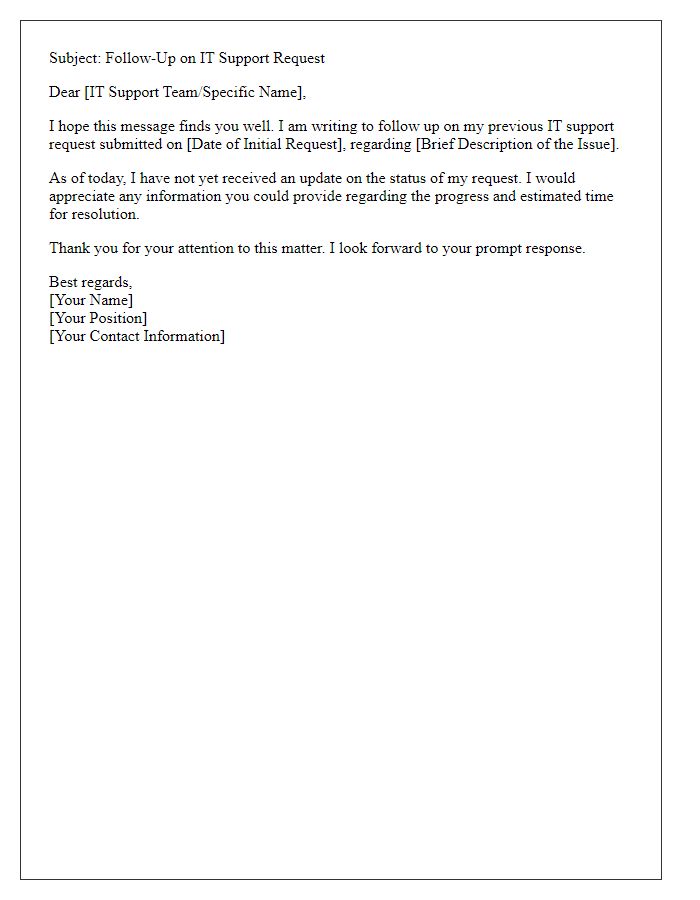
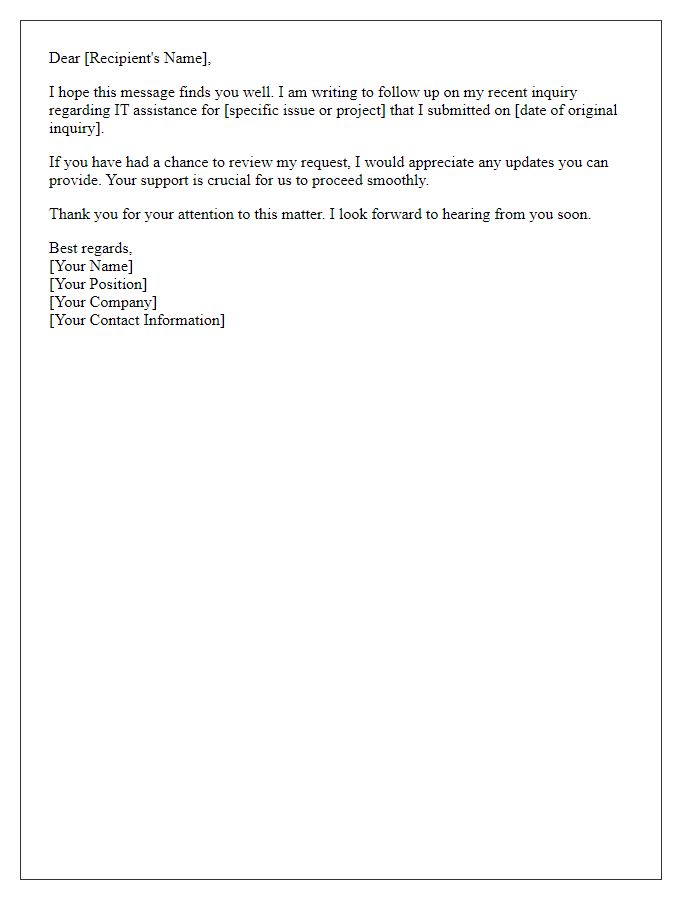
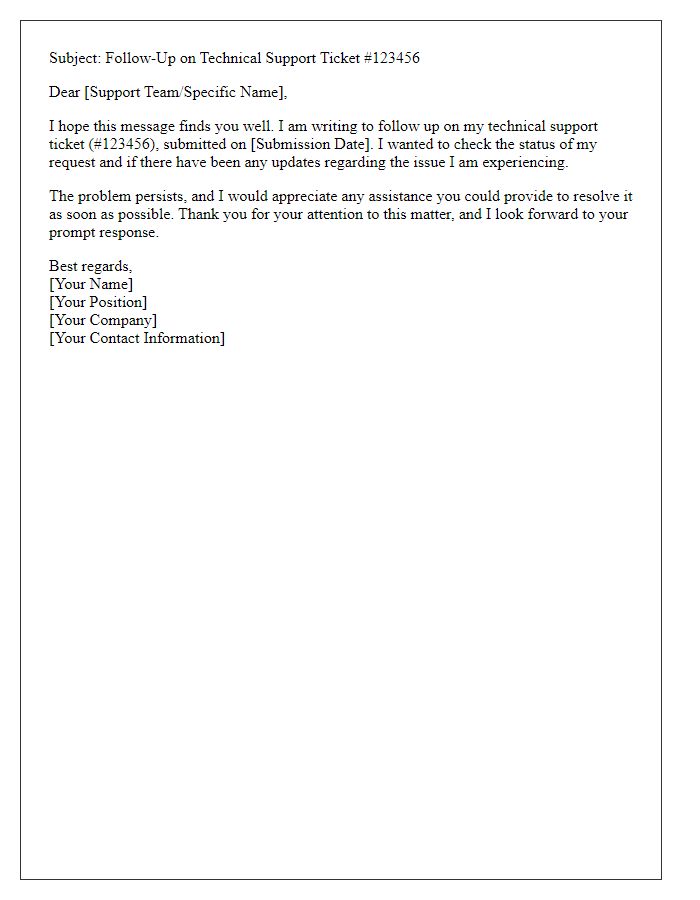
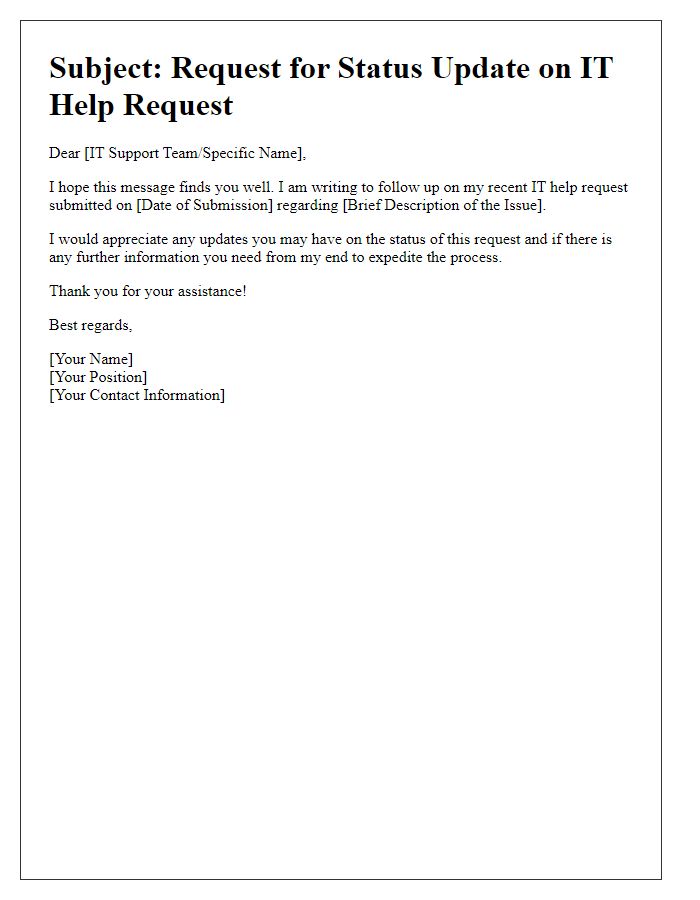
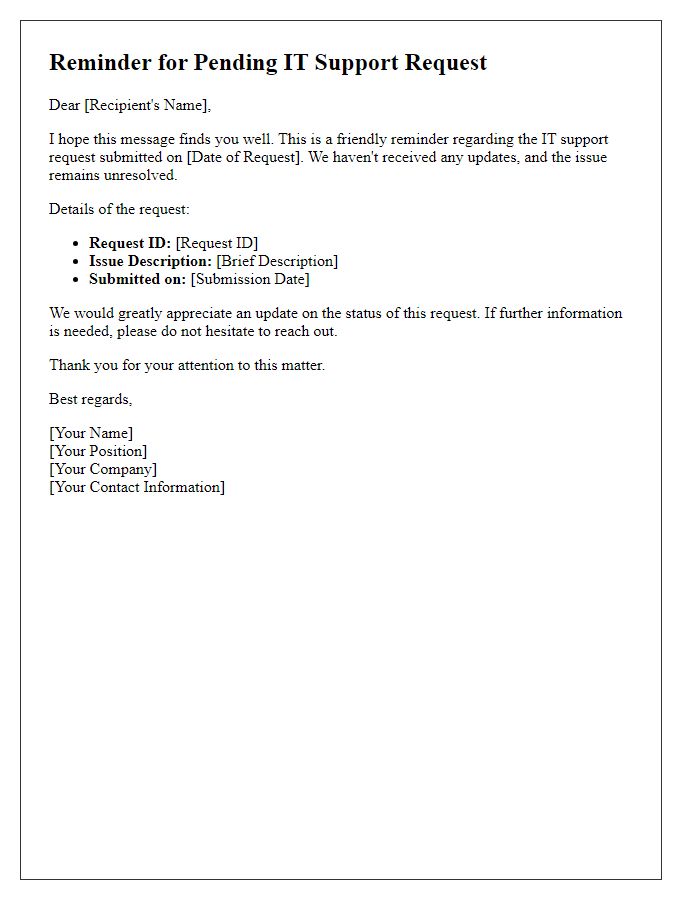

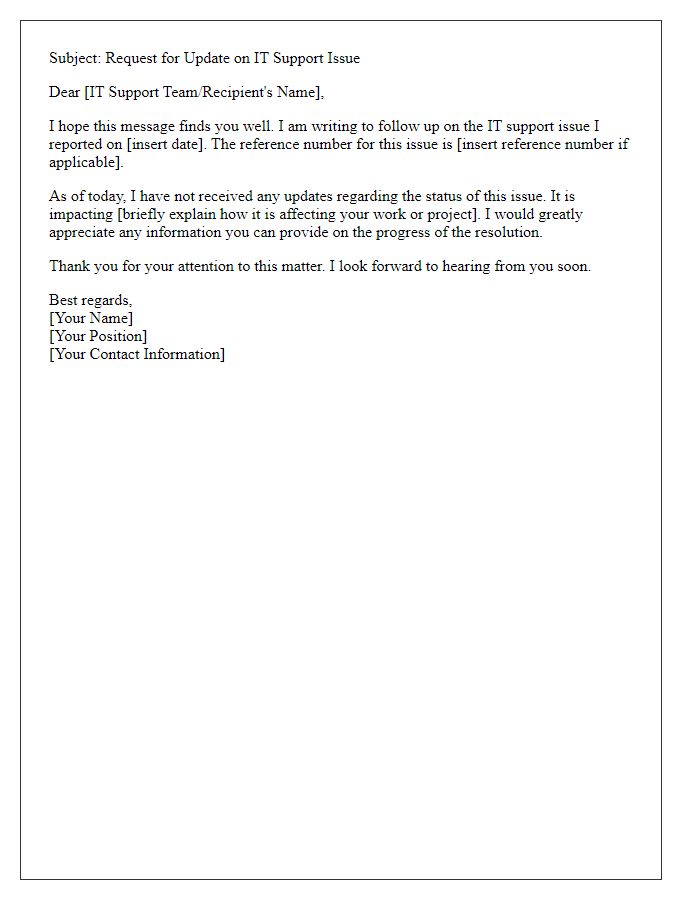
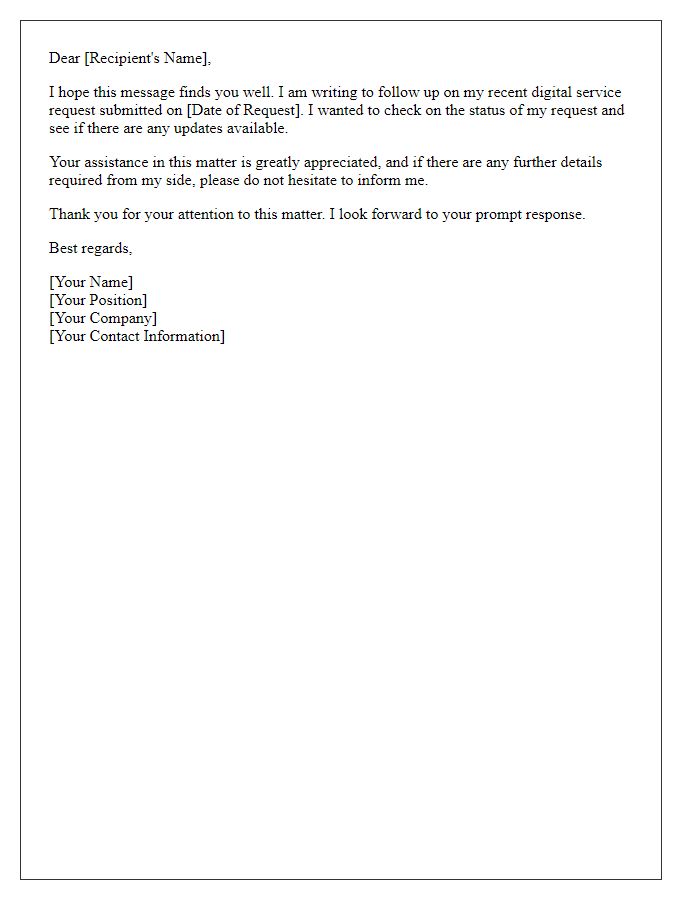
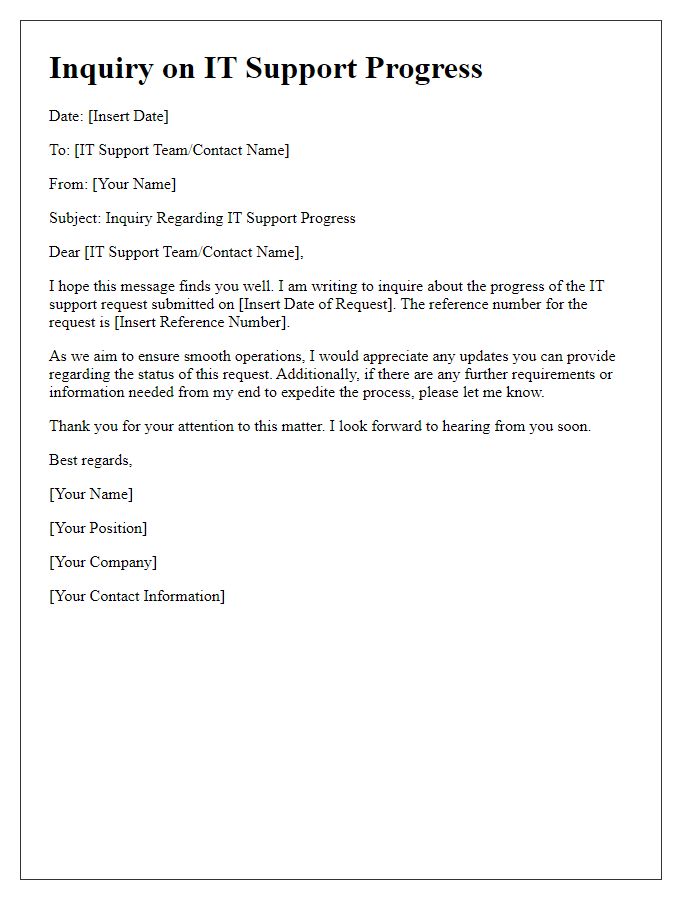
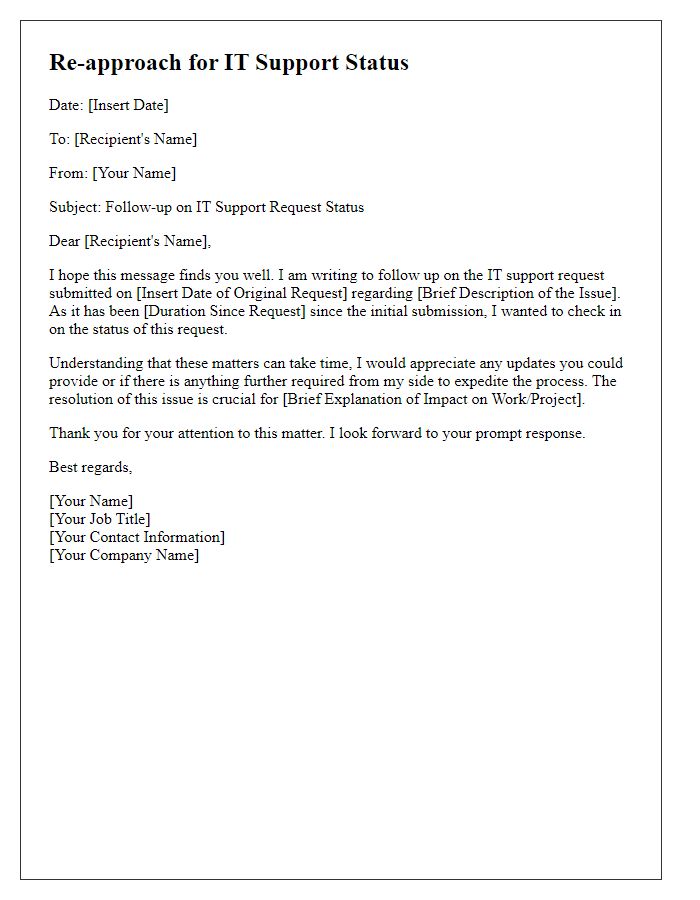

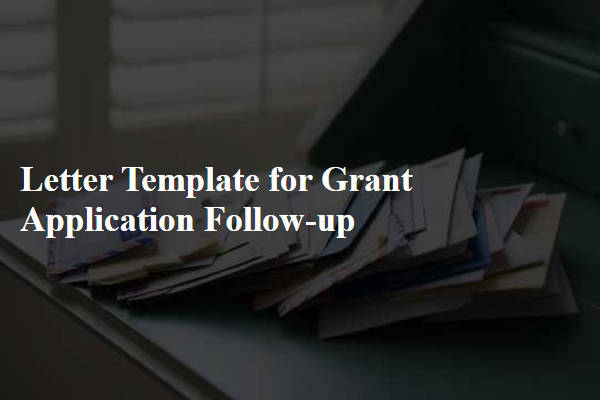
Comments